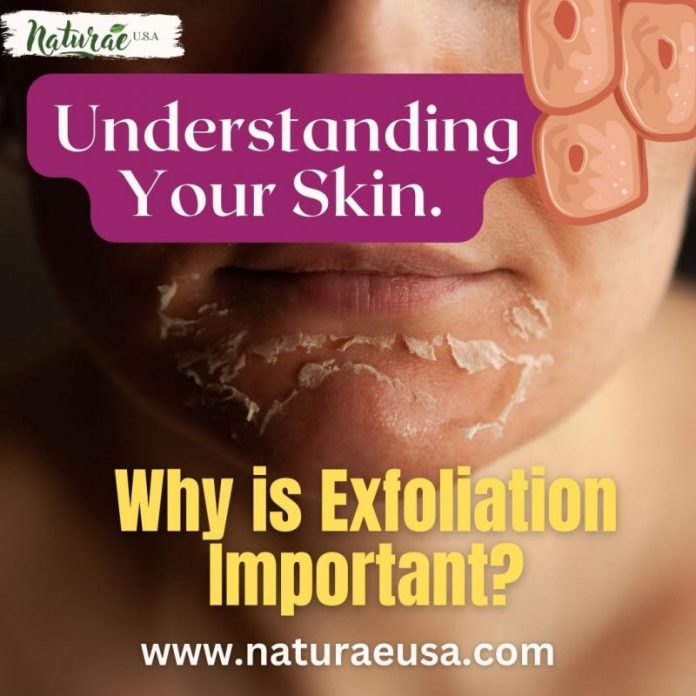Skin Cells Explained
The skin constantly renews itself, meaning, new skin cells are made every second, every minute, every hour, every day in the lower layer of the epidermis called the Stratum Basale or Stratum Germinativum. Germinativum is derived from the root word germinate which means to produce or create.
According to some biologists, there are over 3.8 million new skin cells produced every second by the Stem Cells found in the stratum basale. These Stem Cells are constantly dividing to create new cells through a process called Mitosis.. The new cells produced by the Stem Cells are called Baby Skin Cells. These baby skin cells transform into new variants or become another person in humans for example. Some baby skin cells become
- Keratinocytes Skin Cells, the cells that produce Keratin and travel toward the surface of the skin and become dead skin. Keratinocytes are the dominant skin cells produced by the stem cells with an estimated amount of 70% to 90%.
- Some baby cells become …Melanocytes skin cells, the cells in the skin responsible for producing black pigment to give color to the hair and eyes. Melanocytes stay in the stratum basale.
- The other cell is called Merkel Skin Cells, the sensory receptor cells, responsible for receiving and transmitting sensations of feeling or touch. When you pinch your skin, the Merkel cells detect the touch and send the message to the neighboring neurotransmitters and these neurotransmitters relay the message to the brain via the spinal cord, all the way up to the cerebral cortex, the part of the brain where the touch message is processed. Merkel cells detect the edges and textures of objects, as well as a soft touch or light pressure.
Why is Skin Exfoliation Important?
Each time a new baby skin cell (Keratinocyte) is created, the baby cell Keratinocyte divides rapidly producing millions of new baby skin cells every second. This massive amount of new baby skin cell Keratinocytes pushes upwards traveling towards the surface of the skin. This journey could last for a minimum of 4 weeks depending on the age bracket. Study shows that for ages 50 and below, it could take 28 to 42 days for the Keratinocytes to reach the top layer of the skin For ages 50 and above, travel time could take up to 84 days. Keratinocytes pass through 2 more layers before it reaches the Stratum Corneum or the top layer of the skin.
Again, the Stem Cells found in the Stratum Basale divide and create baby stem cells called Keratinocytes, Melanocytes and Merkel Cells. Keratinocytes divide and replicate, making millions of copies per second. These millions of copied keratinocyte skin cells keep pushing upwards by the second, passing through different layers until they reach the top layer of the skin called the stratum corneum layer. The first stopover after the
- Stratum Basale where skin cells are produced is the
- Stratum Spinosum – this is the layer where the process of keratinization begins when keratin production starts. The cell shape changes from Cuboidal in the Stratum Basale to Elongated (stretched) in the Stratum Spinosum.
- Then, the keratinocytes push up to the next layer which is the Stratum Granulosum layer – the stopover where keratinization continues. This is the layer where keratinocytes are filled with Keratin Protein. Keratin helps form the tissues of the hair, nails, and skin. As the keratinocyte travels from the base layer up to the Stratum Granulosum, it goes through different transitions and changes. This process is called differentiation. In this layer, the keratinocytes become bigger and flattened like the scale of a fish. In this layer, the Keratinocyte skin cells also start to get dehydrated and eventually die. As the Keratinocyte moves away from the stratum basale, it loses its strength and balance because of the lack of supply of nutrients. Nutrient supply is carried through by the blood vessels. The epidermis doesn’t have blood vessels. Stratum Basale lies in the border of the epidermis and the dermis. The cells in the Stratum Basale get nutrients from the dermis. They are nourished by diffusion from the blood capillaries on the border of the dermis and epidermis. As the cells move farther from the border, the ability to consume nutrients becomes lesser.
- The last layer is Stratum Corneum. By the time the keratinocytes arrive in this layer, all the cells are already dead leaving alone the thick flat lifeless cell filled with keratin. This is what we call the Dead Skin Cell. It appears hard and scaly or flaky on top of your skin. It is harder, flakier, and loose with psoriasis disorder. If you don’t exfoliate the dead skin, it piles up over the years and makes your skin look dull and old especially if you have dark spots or melasma and you leave it lying on your skin, the pile-up of dark pigment in your skin will pile up and becomes deeper and deeper.
#skin #skincare #skincaretips #skincells #understandingyourskin #skinresearch #skincaregoals #skincarefacts #skincareroutine #skincareproducts #skinexfoliation #peelingset #exfoliatingproducts




